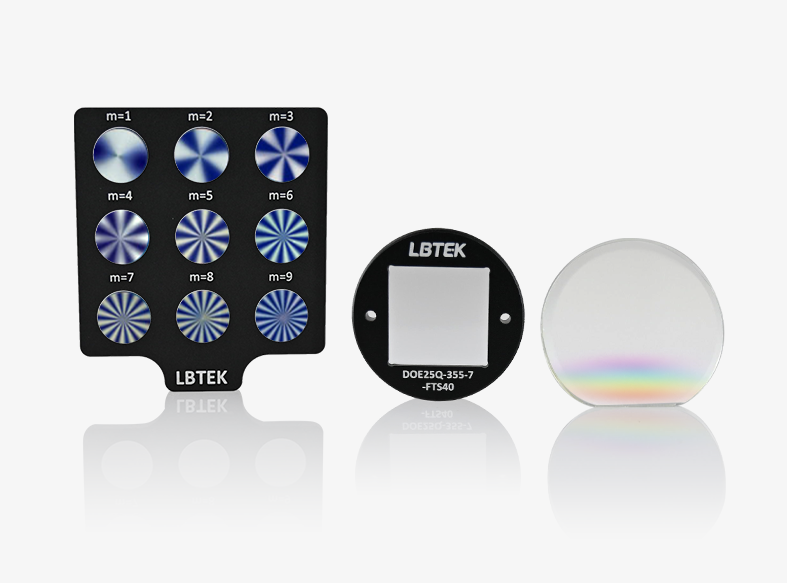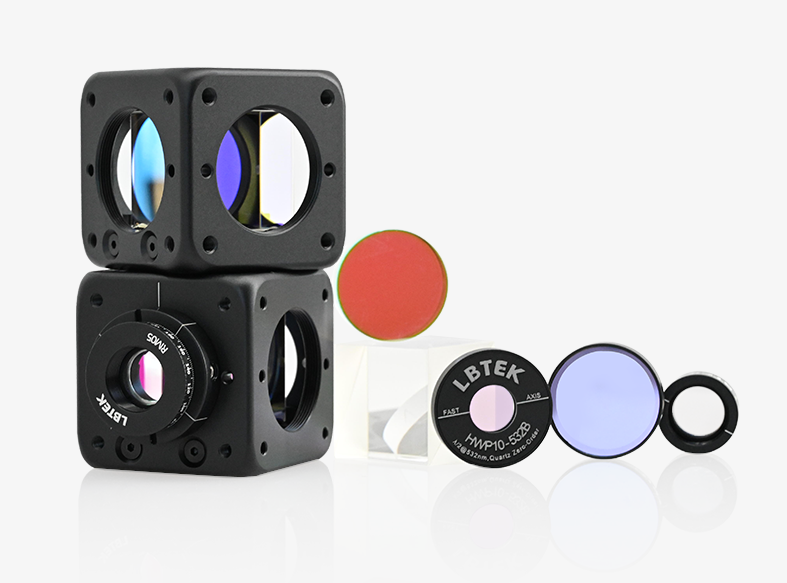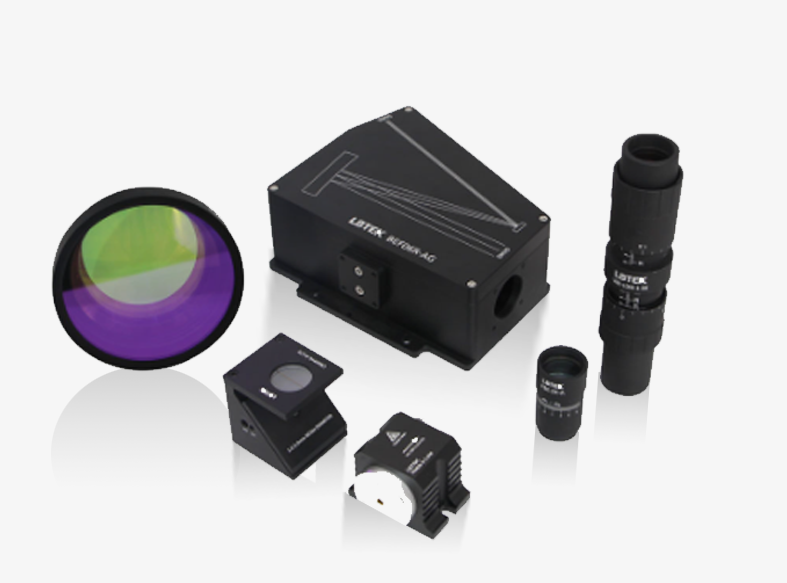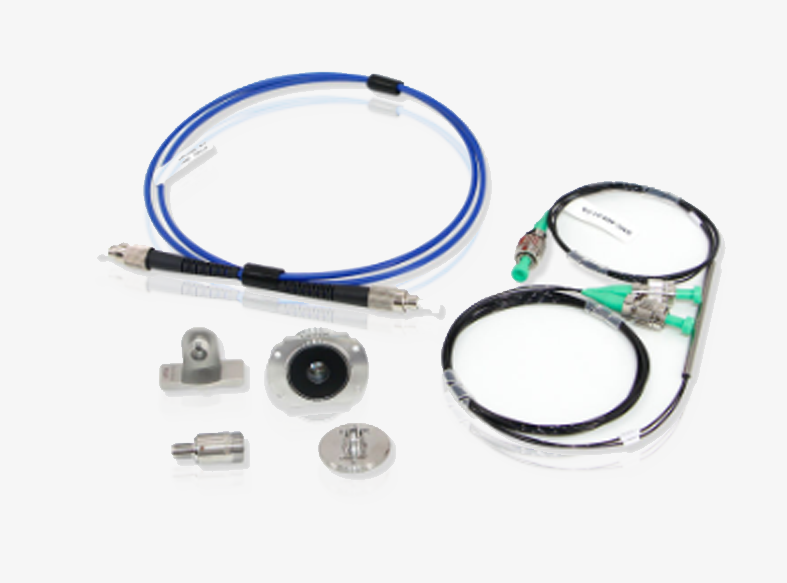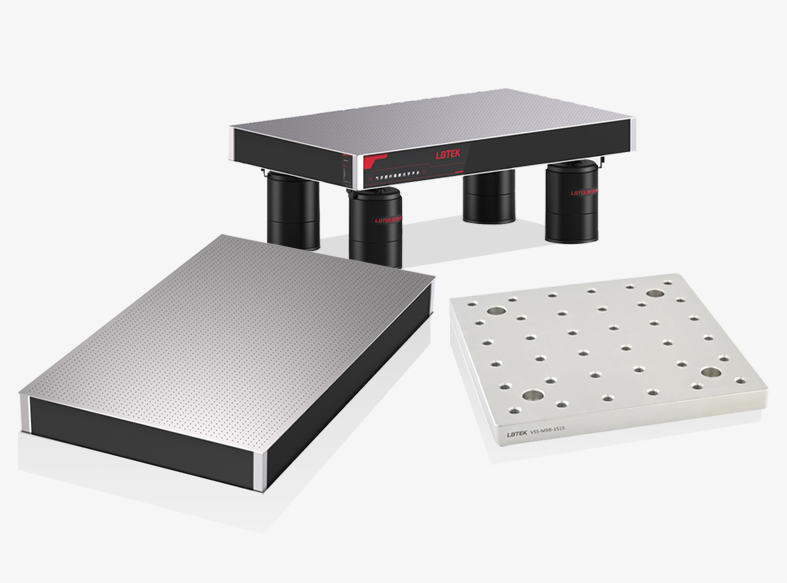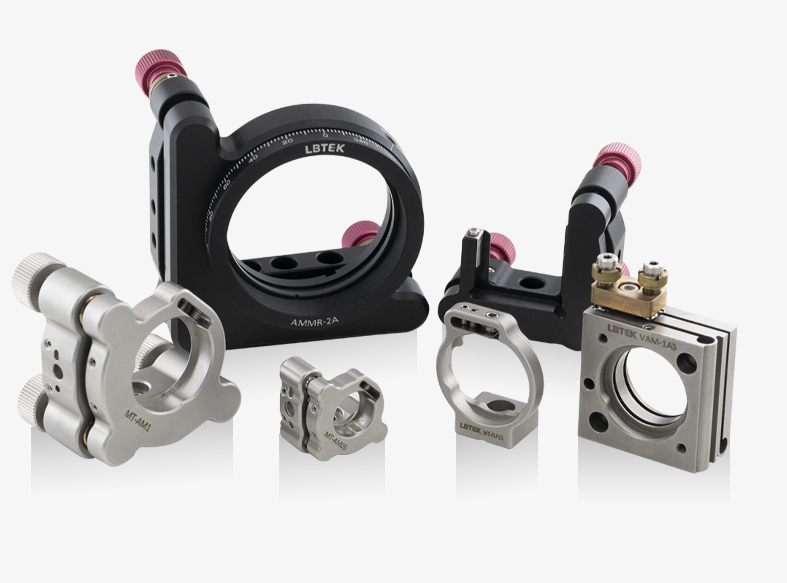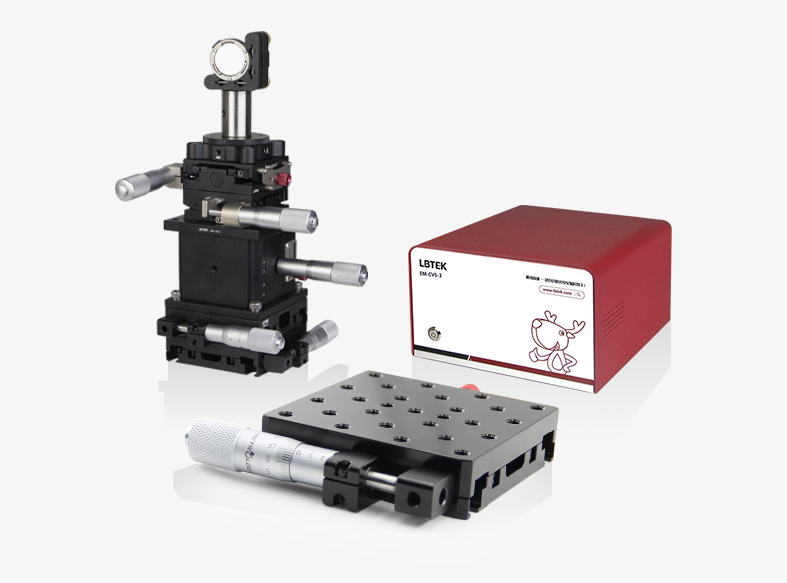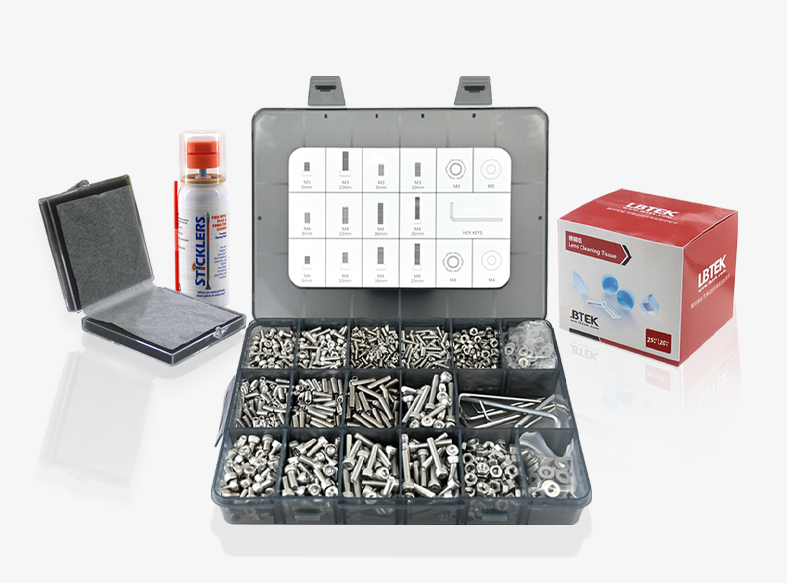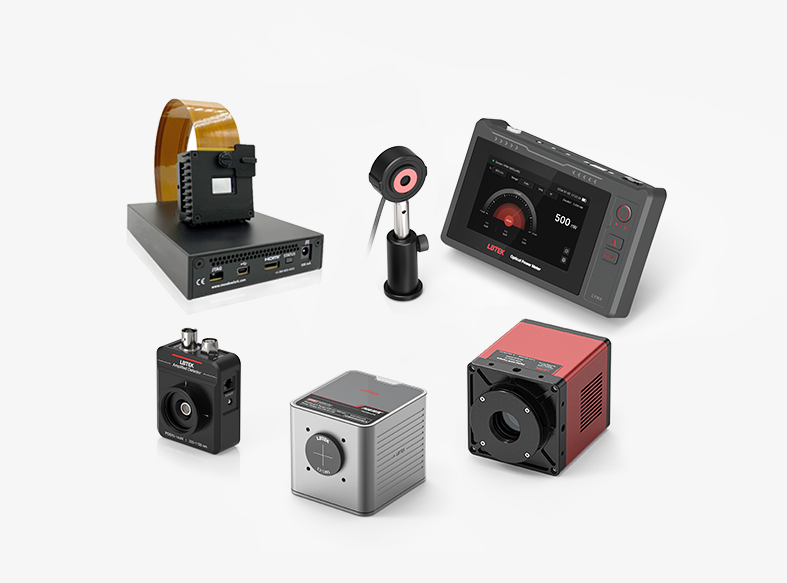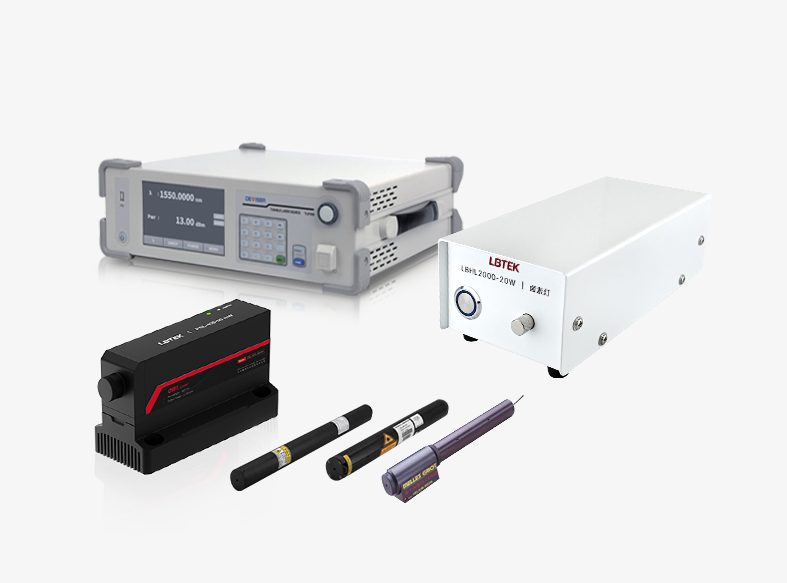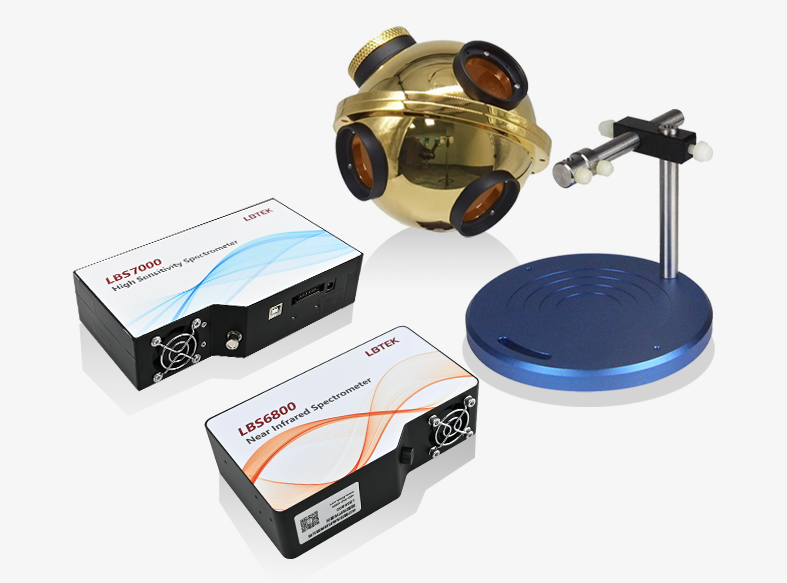- Operating Wavelength: 200-2600 nm
- Built-in Battery, Low Noise, Fast Response
- Spatial Type and Fiber Type Available
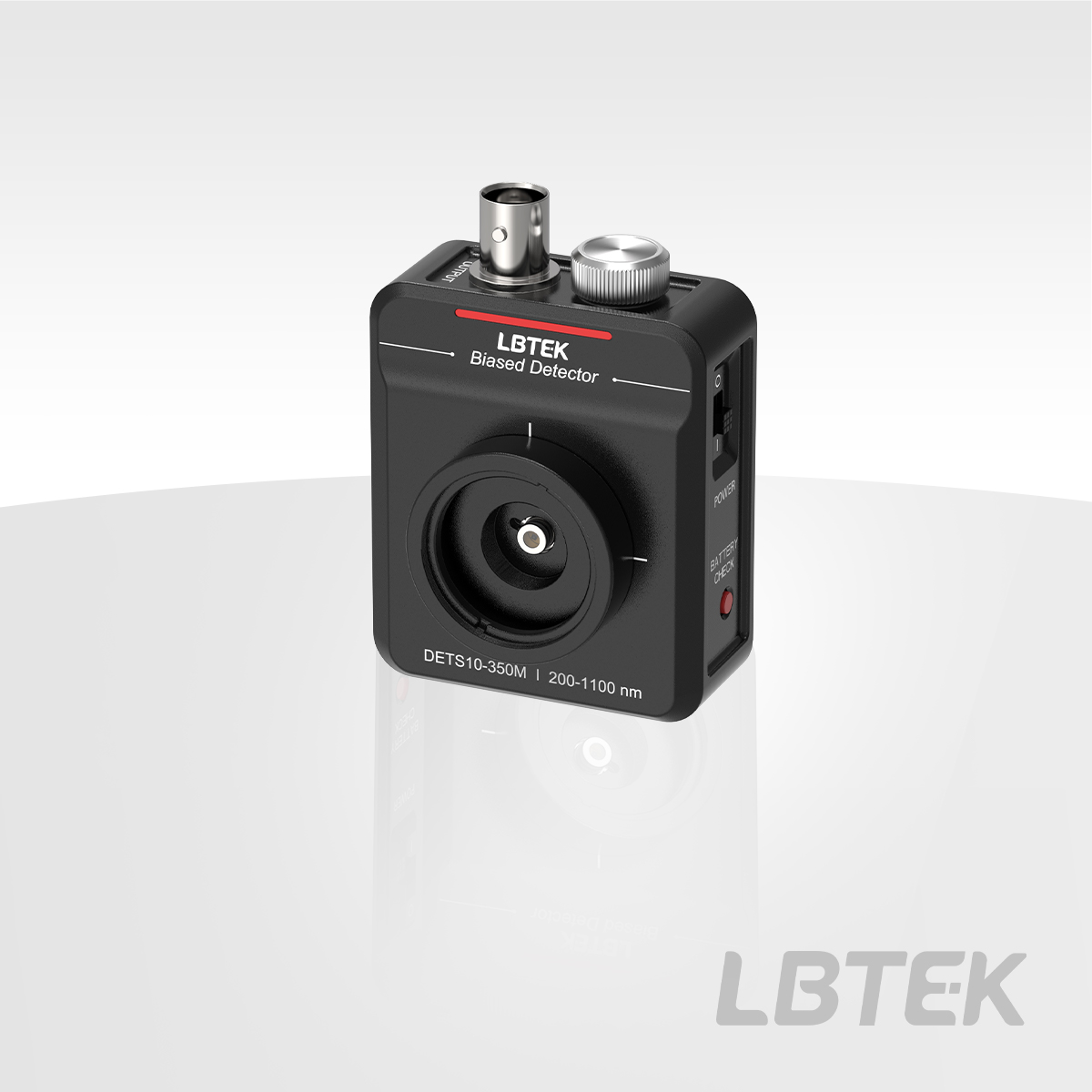
- Operating wavelength covers 200-2600nm
- Free-space optical input
- Fastest rise time 1ns
- Damage threshold: 100mW/cm2
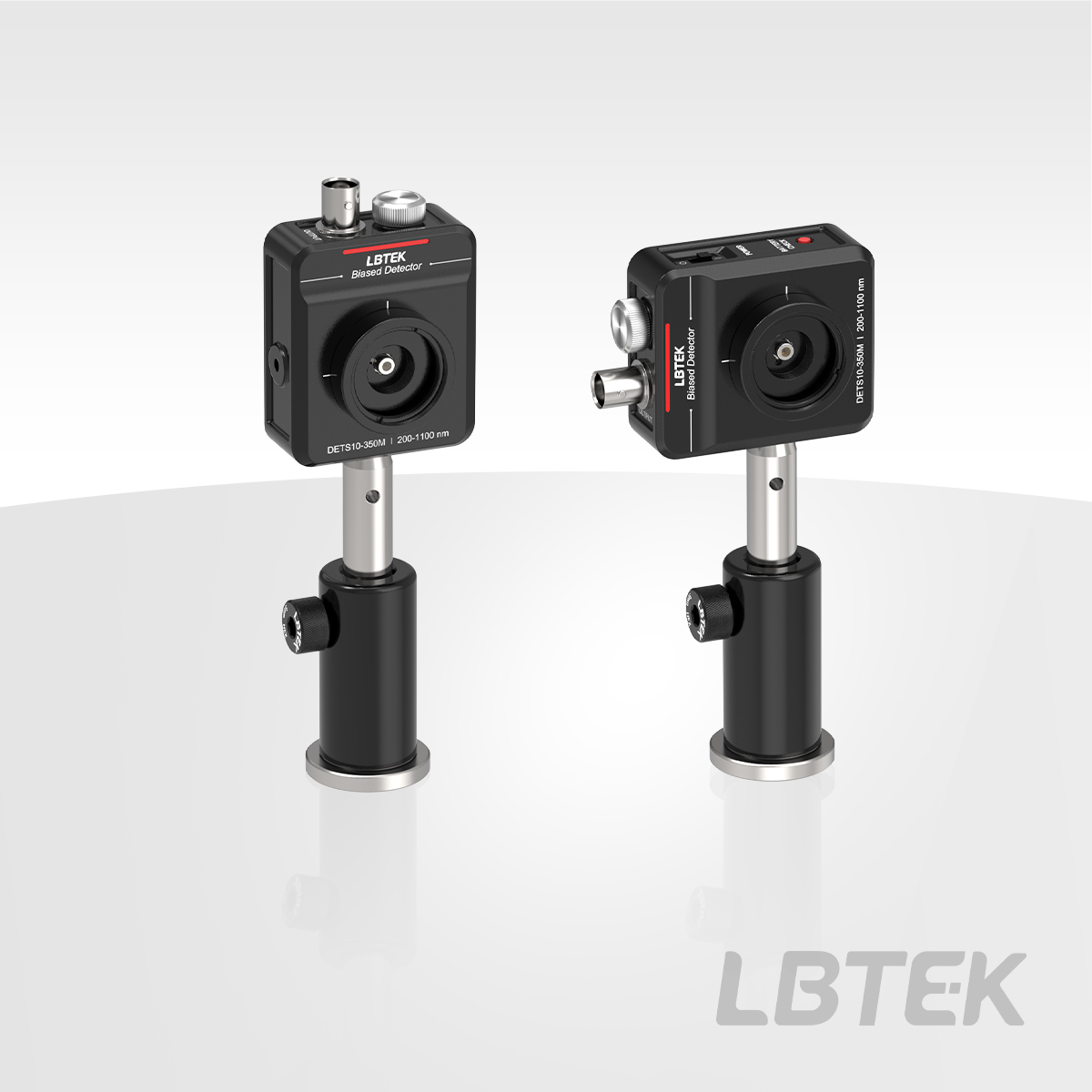
Conventional Biased Photodetector Installation Method
Product Model | Spectral response range | bandwidth | rise time | photosensitive size | Input coupling method | Unit Price | Compare | Lead Time | ||
|---|---|---|---|---|---|---|---|---|---|---|
| DETG50-770K | 800-1800 nm | 770 kHz | 460 nsab | 5.0 mm | Free space | $562.19 | 4 weeks | |||
| DETG30-540K | 800-1800 nm | 540 kHz | 650 nsab | 3.0 mm | Free space | $389.61 | 4 weeks | |||
| DETIN10-14M | 900-2600 nm | 14 MHz | 26 nsab | 1.0 mm | Free space | $549.11 | today | |||
| DETIN05-20M | 900-2600 nm | 20.6 MHz | 18 nsab | 0.5 mm | Free space | $481.13 | today | |||
| DETIN20-11M | 800-1700 nm | 11.7 MHz | 30 nsab | 2.0 mm | Free space | $494.2 | today | |||
| DETIN10-35M | 900-1700 nm | 35 MHz | 12 nsab | 1.0 mm | Free space | $360.85 | today | |||
| DETIN10-70M | 500-1700 nm | 70 MHz | 5 nsab | 1.0 mm | Free space | $601.41 | today | |||
| DETS36-25M | 350-1100 nm | 25 MHz | 15 nsab | 3.6 mm | Free space | $143.82 | today | |||
| DETS100-10M | 320-1100 nm | 10 MHz | 36 nsab | 10 mm | Free space | $196.11 | today | |||
| DETS10-350M | 200-1100 nm | 350 MHz | 1 nsab | 1 mm | Free space | $183.04 | today |
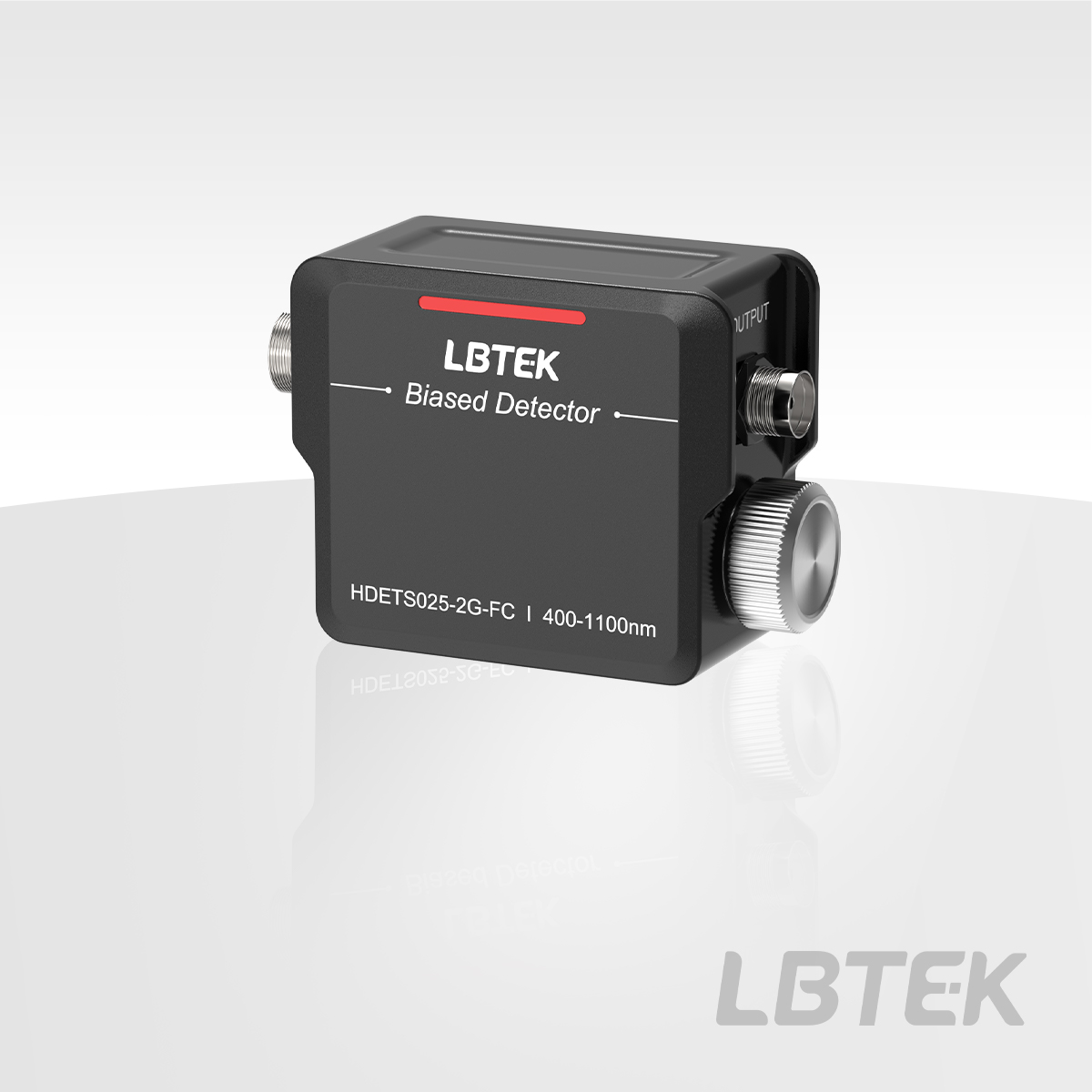
- Operating wavelength covers 400-1700nm
- Free-space input/fiber-coupled input
- Fastest rise time 100ps
- Damage threshold: 100mW/cm2
The LBTEK High-speed Biased Photodetector series, covering both Si and InGaAs types, features a wavelength range of 400-1700 nm, integrating low noise, high-speed response, and no-gain characteristics for outstanding performance. In terms of input methods, the LBTEK High-speed Biased Photodetector series offers both free-space and fiber-coupled options to meet the needs of various application scenarios. The fiber-coupled input allows for convenient connection to FC/PC single-mode or multimode fibers, while the free-space input provides two choices: an anti-reflection coated flat window or an uncoated ball lens, offering flexibility for optical signal acquisition in complex environments. The detector has a built-in A23 battery to supply reverse bias. The signal interface of the photodetector can be connected to downstream acquisition devices such as oscilloscopes via a BNC-SMA signal cable.

High-speed Biased Photodetector mounting method
Product Model | Spectral response range | bandwidth | rise time | photosensitive size | Input coupling method | Unit Price | Compare | Lead Time | ||
|---|---|---|---|---|---|---|---|---|---|---|
| HDETIN012-2G-L | 800-1700 nm | 2 GHz | 140 psab | 120 μm | Free Space (Spherical Lens) | $287.63 | 5 weeks | |||
| HDETIN15-1G-S | 1500-3600 nm | 1 GHz | 250 psab | 100 μm | Free Space (Window) | $2876.31 | 5 weeks | |||
| HDETIN8-1G-L | 800-2400 nm | 1 GHz | 250 psab | 100 μm | Free Space (Spherical Lens) | $1438.15 | 5 weeks | |||
| HDETIN4-1G-S | 400-1700 nm | 1 GHz | 250 psab | 100 μm | Free Space (Window) | $1124.37 | 5 weeks | |||
| HDETIN04-20G-L | 800-1700 nm | 20 GHz | 17 psab | 45 μm | Free Space (Spherical Lens) | $2222.6 | 3 weeks | |||
| HDETIN05-6G-L | 800-1700 nm | 6 GHz | 60 psab | 50 μm | Free Space (Spherical Lens) | $536.04 | 5 weeks | |||
| HDETIN010-3G-L | 800-1700 nm | 3 GHz | 120 psab | 100 μm | Free Space (Spherical Lens) | $339.93 | 5 weeks | |||
| HDETS07-2.5G-L | 400-900 nm | 2.5 GHz | 130 psab | 70 μm | Free Space (Spherical Lens) | $274.56 | 5 weeks | |||
| HDETS05-10G-L | 400-900 nm | 10 GHz | 40 psab | 50 μm | Free Space (Spherical Lens) | $1438.15 | 3 weeks | |||
| HDETIN08-5G-FC | 800-1700 nm | 5 GHz | 100 psab | 80 um | Fiber Optic Coupling (FC/PC) | $415.76 | today | |||
| HDETIN08-5G-L | 800-1700 nm | 5 GHz | 100 psab | 80 um | Free space (ball lens) | $339.93 | today | |||
| HDETIN08-5G | 800-1700 nm | 5 GHz | 100 psab | 80 um | Free space (window) | $339.93 | today | |||
| HDETS025-1G-FC | 400-1100 nm | 1 GHz | 1 nsab | 250 um | Fiber Optic Coupling (FC/PC) | $324.24 | 4 weeks | |||
| HDETS025-2G-FC | 400-1100 nm | 2 GHz | 200 psab | 250 um | Fiber Optic Coupling (FC/PC) | $324.24 | today | |||
| HDETS025-2G-L | 400-1100 nm | 2 GHz | 200 psab | 250 um | Free space (ball lens) | $241.87 | 4 weeks | |||
| HDETS025-2G | 400-1100 nm | 2 GHz | 200 psab | 250 um | Free space (window) | $241.87 | 4 weeks |
